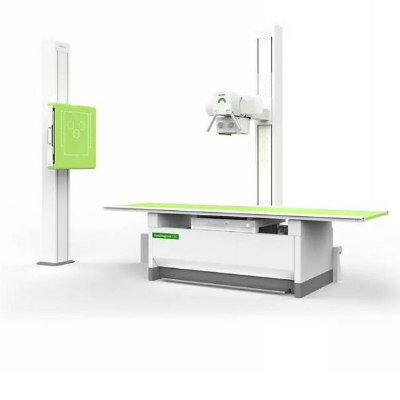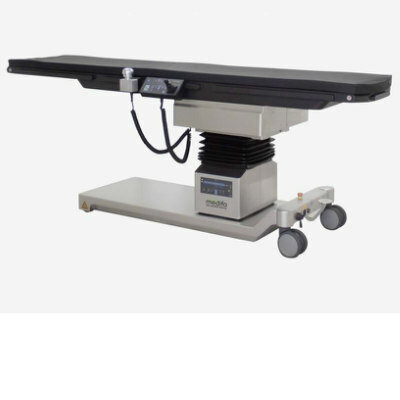MRI Reveals New Types of Injuries in Young Gymnasts
By MedImaging International staff writers
Posted on 22 Dec 2008
Adolescent gymnasts are developing a wide range of arm, wrist, and hand injuries that are beyond the extent of previously described gymnastic-related trauma, according to a recent imaging study. Posted on 22 Dec 2008
"The broad constellation of recent injuries is unusual and might point to something new going on in gymnastics training that is affecting young athletes in different ways,” said the study's lead author, Jerry Dwek, M.D., an assistant clinical professor of radiology at the University of California, San Diego (UCSD; USA).
Previous studies have reported on numerous injuries to the growing area of adolescent gymnasts' bones. However, this study uncovered some injuries to the bones in the wrists and knuckles that have not been previously described. Moreover, the researchers noted that these gymnasts had necrosis, or "early death,” of the bones of their knuckles. "These young athletes are putting an enormous amount of stress on their joints and possibly ruining them for the future,” Dr. Dwek said.
The radius is the bone in the forearm that takes the most stress during gymnastics. Because of damage to the radial growth plates, the bone does not grow in proportion to the rest of the skeleton and it may be deformed. Consequently, it is not unusual for gymnasts to have a longer ulna than radius. Some former gymnasts must undergo surgery to shorten the ulna and regain the correct fit of the wrist bones into the forearm.
Dr. Dwek and coauthor Christine Chung, M.D., utilized magnetic resonance imaging (MRI) to evaluate overuse injuries seen in the skeletally immature wrists and hands of gymnasts. The researchers studied wrist and hand images of 125 patients, age 12 to 16, including 12 gymnasts with chronic wrist or hand pain. "We were surprised to be looking at injuries every step down the hand all the way from the radius to the small bones in the wrist and on to the ends of the finger bones at the knuckles,” Dr. Dwek said. "These types of injuries are likely to develop into early osteoarthritis.”
Dr. Dwek suggested that more research is needed to understand how gymnastic stresses are causing these injuries. "It is possible that by changing the way that practice routines are performed, we might be able to limit the stress on the joints and on delicate growing bones,” he said.
The study was presented in December 2008 at the annual meeting of the Radiological Society of North America (RSNA) in Chicago, IL, USA.
Related Links:
University of California, San Diego














